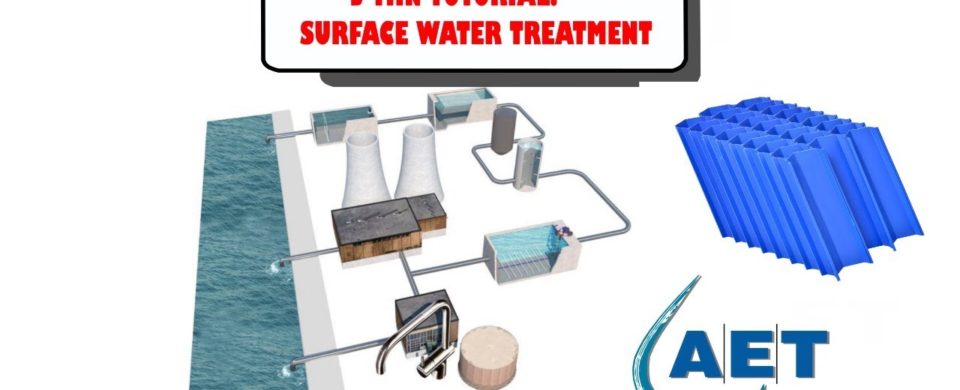Surface water treatment - Drinking water from river water
3 Minute Water and Waste Water Video Tutorials by AET
For more information or comments contact us here: https://www.aqua-equip.com/
Water testing equipment here: https://www.aqua-equip.com/parts/
Decreasing groundwater reservoirs lead to an increasing demand of alternative drinking water sources. Already today a huge amount of drinking water is coming from river and lake water through surface water treatment. Surface water treatment or the conversion from river water to drinking water includes several process steps such as flocculation, coagulation, sedimentation, filtering and aeration mixing. In the first step of surface water treatment particles in the water are clumped together by unsing coagulation. The coagulants alter the electric charge of the particles which effects that two particles stick to each other. Afterwards flocculants are mixed to the surface water and macro flocs are built. The marco flocs are settled down by gravity forces in the sedimentation basin. The sedimentation process can be enhanced by using lamella clarifiers also known as tube settlers which are provided by AET. The lamella clarifiers or tube settlers increase the settling surface of the sedimentation tank and therefore decrease the settling time of the particles.
Afterwards fine particles and silt are removed in a earth filter. The earth filter consists of gravels and other minerals to hold back the fine particles. Additionally some drinking water treatment plants are equipped with carbon filters that remove the remaining chemical contaminants. In the next step – disinfection – harmful germs are removed by dosing chloride or ozone to the surface water. Most drinking water plants are actually overdosing disinfectants to remove bacteria in the pipelines that convey the surface water to the consumers.
In a final step some drinking water plants require the mixing of air and water to remove iron and magnesium. Both iron and magnesium can occur in too high quantities in the surface water if the oxygen level is low. By adding oxygen both iron and magnesium oxidize to rust and settle down to the tank bottom. The prior reason of adding oxygen is for aesthetic purposes. It improves color, taste and odor of the drinking water. After a few days the drinking water is treated and can be consumed by industries and private households before the process of surface treatment repeats itself.
Comments are closed.

